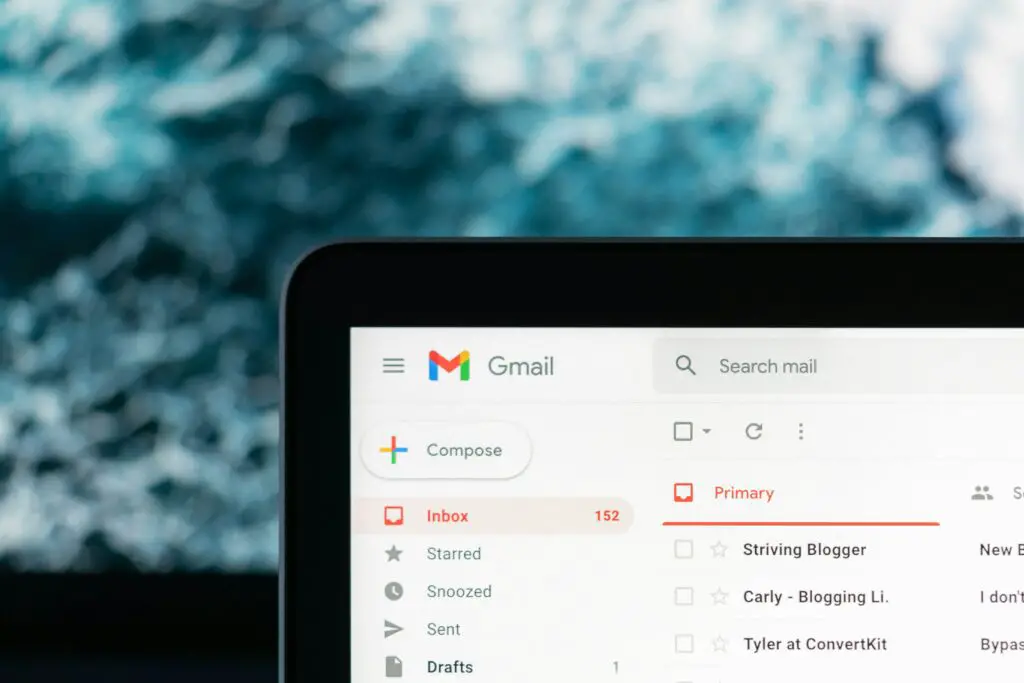Polite Ways to Ask for Advice in an Email
In the realm of professional communication, the art of seeking advice via email requires finesse and tact. Whether you’re reaching out to a mentor, colleague, or expert in your field, the manner in which you frame your request can greatly influence the response you receive. From the tone you employ to the structure of your message, every element plays a role in conveying respect and appreciation for the recipient’s time and expertise. In this article, we’ll explore various strategies and techniques for politely asking for advice in an email, ensuring that your inquiries are met with warmth and willingness to assist.

Polite Ways to Ask for Advice in an Email
When crafting an email to solicit advice, it’s essential to strike the right balance between professionalism and warmth. Here are some polite ways to approach your request:
- Begin with a Pleasantry: Open your email with a courteous greeting, such as “Hello,” “Hi,” or “Dear [Recipient’s Name],” followed by a brief expression of gratitude or acknowledgment of the recipient’s expertise. This sets a friendly tone for the rest of your message.
- Provide Context: Clearly articulate why you’re reaching out and provide context for your request. Whether you’re facing a specific challenge, seeking guidance on a project, or looking for insights on a particular topic, ensure that the recipient understands the purpose of your email.
- Be Concise and Specific: Respect the recipient’s time by keeping your email concise and to the point. Clearly outline the advice you’re seeking and any relevant details or background information. Avoid rambling or including unnecessary information that could detract from the main purpose of your message.
- Express Appreciation: Demonstrate your appreciation for the recipient’s time and expertise. Express gratitude for considering your request and emphasize the value you place on their insights. A simple “Thank you in advance for your help” goes a long way in conveying appreciation.
- Offer Flexibility: Respect the recipient’s schedule and availability by offering flexibility in terms of when they can provide assistance. Let them know that you understand if they’re unable to respond immediately and reassure them that their response whenever convenient is greatly appreciated.
- Close with Courtesy: Conclude your email with a polite closing, such as “Best regards,” “Sincerely,” or “Thank you,” followed by your name. This adds a personal touch and leaves a positive impression on the recipient.
- Follow Up Appropriately: If you haven’t received a response within a reasonable timeframe, consider sending a polite follow-up email to gently remind the recipient of your initial request. Be respectful of their time and avoid appearing impatient or demanding.
By incorporating these polite strategies into your email communications, you can effectively solicit advice in a respectful and considerate manner. Remember that the way you frame your request can greatly influence the recipient’s willingness to assist, so approach each email with courtesy and professionalism.
Conclusion
Asking for advice via email is an art form that requires finesse and tact. By employing polite language, providing context, and expressing appreciation, you can increase the likelihood of receiving a positive response from the recipient. Keep these strategies in mind the next time you reach out for guidance, and you’ll pave the way for fruitful collaborations and meaningful connections.

